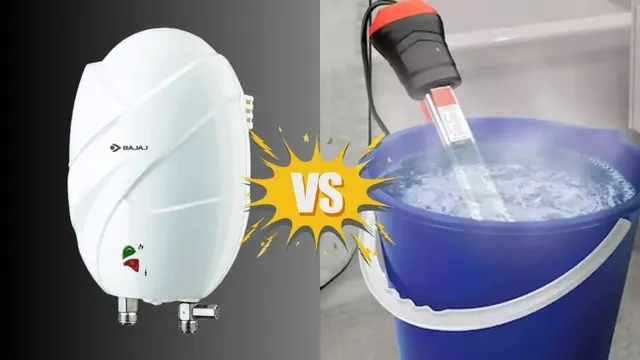- By Shibra Arshad
- Sun, 02 Nov 2025 01:16 PM (IST)
- Source:JND
As winter sets in, the need for hot water becomes a priority in every household. The choice between a heating rod and a geyser often leaves people confused. Both appliances serve the purpose, but there's a significant difference in terms of cost and safety.
Heating Rod: Affordable But Risky
Heating rods are considered a budget-friendly option, available in the market for Rs 400-Rs 600. They work by submerging in water and heating it. A 1.5 kW rod consumes approximately 0.75 units of electricity in 30 minutes, translating to a daily expense of Rs 7- Rs 8 and a monthly bill of Rs 225-Rs 240.
However, safety is a concern as the rod is directly connected to the power supply and submerged in water, posing a risk of electric shock.
Geyser: Cost-Effective and Safe
Geysers have a higher initial cost, ranging from Rs 2000- Rs 4000 for a 3-litre instant geyser with a 3 kW power rating. They consume around 0.5 units of electricity, resulting in a monthly bill of approximately Rs 150.
Geysers come equipped with auto-cut features, which shut off the power supply once the water is heated, preventing energy wastage and overheating.
ALSO READ: Gurugram: Wedding Season Begins After Devuthani Ekadashi; Traffic Congestion Likely In Key Areas
Which Is More Cost-Effective And Safe?
In the long run, geysers prove to be more cost-effective and safe. They consume less electricity and have features like auto-cut, which helps conserve energy. Heating rods, on the other hand, continuously consume electricity until manually turned off. Geysers are also safer, with a lower risk of electric shock compared to heating rods

